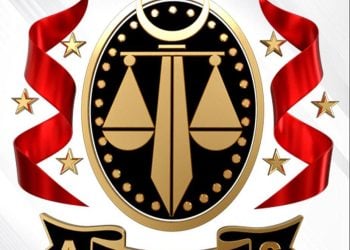By Libya Herald reporters.

Tunis, 6 October 2015:
European Union warships today begin Operation Sophia to capture Libyan migrant smugglers on the high . . .[restrict]seas, in a bid to stop a trade that has seen thousands perish trying to cross to Europe.
Sophia, named after the child of a migrant born on a rescue ship this summer, involves ten warships and support vessels, air force planes and drones.
Naval units will be tasked to intercept smuggling vessels, capturing their crews, to be taken for trial in Italy. Armed marines have been instructed to board the vessels, with naval and air backup, if a firefight develops.
Naval commanders needing motivation have only to look at photographs of recent days showing the bodies of some of the 95 migrants, washed up drowned, after being put to sea by smugglers in flimsy boats.
An estimated 2,500 migrants have drowned so far this summer, with 130,000 crossing from Libya this year.
Ten warships and support vessels from EU nations including Britain, Germany, Spain, Italy and Ireland are deployed off the Libyan coast.
They are concentrated off Libya’s two smuggling centres, Zuwara, near the Tunisian border, and Garabulli, a long beach east of the capital. Both are controlled by Libya Dawn, whose militias say they are unable to stop the trade without assistance.
Sophia commander, Italian Rear Admiral Enrico Credendino, began the operation on 22 June, with intelligence-gathering, with the EU delaying until today military intervention.
The big problem facing the mission is the lack of cooperation from Libya. Both Libyan governments have refused to allow operations onshore or within the country’s 12-mile territorial limit.
And naval action against migrant boats carries the inherent risk of killing migrants that the action is designed to save.
The smugglers have already adjusted their modus operandi to take account of EU naval units. They now send migrants to sea in rubber boats too flimsy to make the crossing to Malta or Italy. Instead, they count on EU vessels rescuing the migrants once in they reach international waters.
More effective than direct military operations may be the EU’s intelligence gathering effort.
Using drones, satellite recordings and intercepted radio and cellphone calls, for three months EU military and intelligence units have been building up dossiers on the smuggling gangs, their leaders, political connections and how they operate.
Information on who runs the networks and how they are connected is likely to have come also from more than 80 suspected smugglers waiting trial in Italy, many keen to give information in return for reduced sentences.
The ring leaders and those they do business with them may see indictments issued and foreign bank accounts seized. The EU has no formal extradition treaty with Libya, but indicted smugglers can wave goodbye to the prospect of ever setting foot on European territory for the rest of their lives.
EU leaders may be tempted to follow the American example of sending commandos into Libya to make key arrests, as US special forces have done twice in recent years, once for a suspect in the 2012 killing of US ambassador Chris Stevens.
But commando attacks are highly risky, given the likelihood that the well-armed smuggling militias will fight back.
At the end of September, the unexplained four-man hit in Tripoli, on a man described as a leading smuggler was blamed by some on Italian special forces. The Italian army strongly denied that it was in any way involved.
[/restrict]







